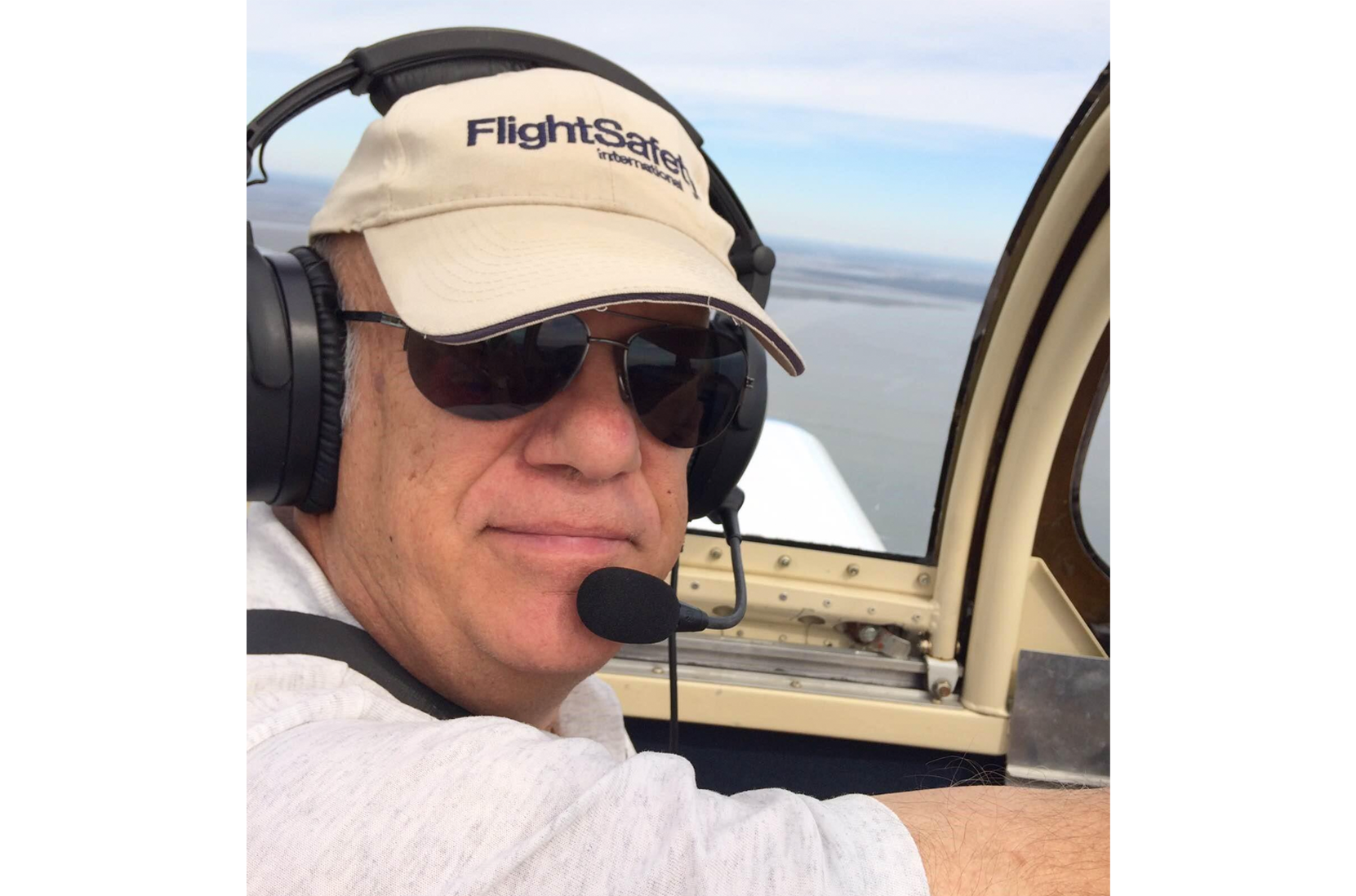Viewpoint: Expanded Envelope Exercises Valuable In Higher-End Aircraft

Five years of research on general aviation loss of control led to many ideas, one of which may be valuable in higher-end aircraft--if pilots have seen and experienced a variety of flight sensations in the airplanes that they normally fly, they are less likely to suffer skills degradation when an unfamiliar situation occurs. Those ideas are embodied in the Expanded Envelope Exercises® (E3).
The word “exercises” in E3 emphasizes that these are not maneuvers with completion standards such as speed or altitude tolerances. E3 is not upset training nor the similarly named Extended Envelope Training! Rather, E3 is a set of exercises to let the pilot more fully experience feelings and sensations of flight.
E3 in low-end airplanes includes full aileron deflection, deliberate base to final overshoots and steep turns. A key difference in steep turns is that they focus on the sensations and sight picture of the turn without being distracted by watching instruments.
A multi-type rated friend proposed a fundamentally similar idea--on initial type rating training, let the first sim session focus entirely on normal operations, not only for the techniques but also to learn the sensations of normal flight. Some styles of sim training start immediately with emergency procedures, leaving the newly typed pilot with no feel for the airplane.
That feel for the airplane has turned out to be an unexpected benefit of E3. In the low-end GA world, a typical airplane checkout includes turns, stalls, takeoffs and landings. Once the pilot can perform those satisfactorily, he’s good to go and is left to (hopefully) develop a feel for the airplane over time. For example, when I was working on my ATP, after a few hours I could fly the Cessna 310 to ATP standards but I had no feel for the airplane, none at all.
Indeed, that C310 experience suggests that teaching, such as steep turns, might well be done in two steps: a first step to acclimatize the student to the potentially stress-inducing g forces and sight picture, and, once those stresses are under control, to then start striving for precision.
There is a theoretical background for E3. Drs. Wiegmann and Shappell, creators of HFACS, a well-known human factors-centric accident analysis tool wrote, “...basic flight skills such as stick and rudder movements and visual scanning often occur without thinking. The difficulty with these highly practiced and seemingly automatic behaviors is that they are particularly susceptible to attention and/or memory failures.” (emphasis mine).
In other words, when distractions come along, routine tasks are at risk, perhaps because so little attention is normally paid to them. E3 recognizes that the aviation psychologists have identified many kinds of distractions in the cockpit, but rather than focusing on remedying each kind of distraction, E3 recognizes that it is the symptom of the distraction that is more easily addressed than the distraction itself. For example, to deal with a base to final turn overshoot of the runway centerline, E3 flies the pilot through a deliberate overshoot, allowing the pilot to see the unfamiliar sight picture and realize that there is no need to take extreme measures to avoid an unfamiliar but non-threatening situation.
The phrase cognitive unavailability is used to describe situations in which the pilot is not paying enough attention to the right things to fly the airplane safely, either due to a misallocation of cognitive availability (distraction, like task fixation) or an overall degradation of cognitive availability (stress from uncertainty or fear). The flip side is that high proficiency makes the pilot more cognitively available to handle any minor distraction, such as turbulence, changed instruction from ATC, or a minor switchology error in the cockpit.
E3 development exposed the phenomenon that lateral and longitudinal control of the aircraft are somewhat independent tasks. A careful reading of accident reports shows that when pilots pay too much attention to one task, they can become cognitively unavailable for the other. In low-end GA, the poster child is paying too much attention to runway alignment turning base to final and then neglecting pitch. Similarly, one data set showed that 38% of runway excursions on landing (off the side) were preceded by poor pitch control. I expect that similar results can be found in the turbine community.
In the general aviation world, E3 is starting to get traction. Some E3 exercises are being adopted by the AOPA Air Safety Institute for their Focused Flight Review. E3 has passed muster with three very senior ex-military test pilots, and also with pilots who specialize in transition training for Cirrus and Mooney aircraft. Unfortunately, COVID has postponed several E3 projects.
I’d love to share (free) my experience and data with those who share this passion for aviation safety and want to take E3 concepts into the turbine-powered world. If interested, contact me at [email protected].
Ed Wischmeyer has flown almost 200 kinds of general aviation aircraft and has published hundreds of articles and columns including a hundred pilot reports. His Ph.D. is from MIT.




